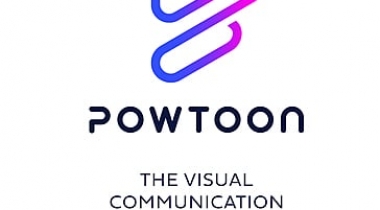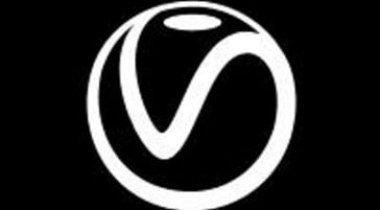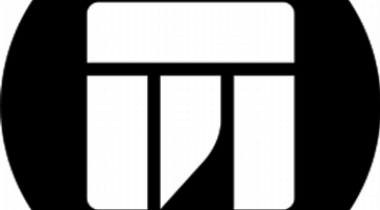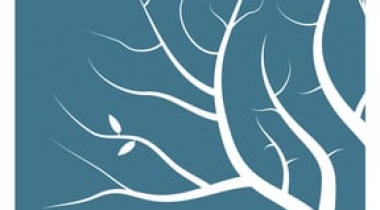Clarisse iFX is a 2D/3D animation software which is the fusion of an animation package, a compositing software and a 3d rendering engine.
Clarisse iFX
Customer Reviews
Clarisse iFX Reviews
User in Design
Advanced user of Clarisse iFXWhat do you like best?
This tool can replace applications like Nuke and After Effects? In a word, no. However, this does not seem to be the intention of Isotropix. For example, Clarisse iFX has no tracking tools. In its initial release, it is a 3D visualization and animation tool like no other. With just a few clicks, you can have a complex and rich 3D scene rendering in front of you
What do you dislike?
The biggest problem at the moment is that everything is so new, so a little feedback from the users will make Clarisse no harm at all. In a VFX study, it will easily find a place as a new tool that can handle many shots by itself, and if the shots are fully 3D, it will probably act as the main tool for delivering finished shots. The most difficult option will be for independent artists. Without an additional application to create 3D assets, it does not have much use. The price is the same as (or more than) most 3D software, so many freelancers and small studios may have difficulty justifying the expense of a Clarisse license. What is needed is for 3D artists to start using it and understand what they can do with it. With the PLE now freely available, you owe it to yourself to try out it to see what it can do.
Recommendations to others considering the product:
Each Clarisse element has the same hierarchical value, so confusion can occur. For example, materials and textures appear the same when they are applied in the browser. The point is that a texture can not be applied to geometry in the same way as a material object. This is because a texture seems better adapted as a secondary element of a material object, which is applied using the powerful nodal editing and creation tools, which are another of the advantages of it.
What problems are you solving with the product? What benefits have you realized?
Absolutely comfortable with this tool. The power of this is in the fact that the image processing is a manipulable object in itself, and has the potential to be used as a backdrop for another scene within the project, or as a video that is played on a monitor or as HDR Source of an environment for another scene, or as a basis for a cloning object within Clarisse ... the list goes on














